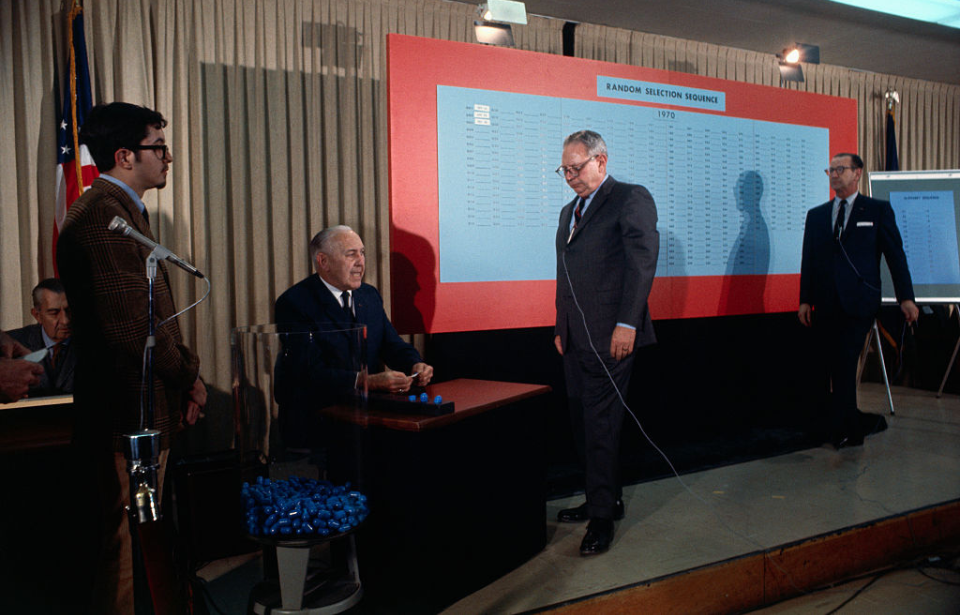Conscription is nothing new when it comes to military service in the United States. It dates back to the American Revolution, and was most notably used during the Second World War, with President Franklin D. Roosevelt establishing the first peacetime draft in 1940, with the signing of the Selective Training and Service Act. With a decreasing number of volunteers willing to enlist, there was a need for men old enough to serve in the armed forces.
A second peacetime draft came into effect in 1948, but that wouldn’t be the last time such means of obtaining troops would make headlines. In 1969, during the Vietnam War, the Nixon Administration implemented to the draft lottery, which contributed to the deployment of 2.2 million troops overseas.
The United States had long been involved in Vietnam
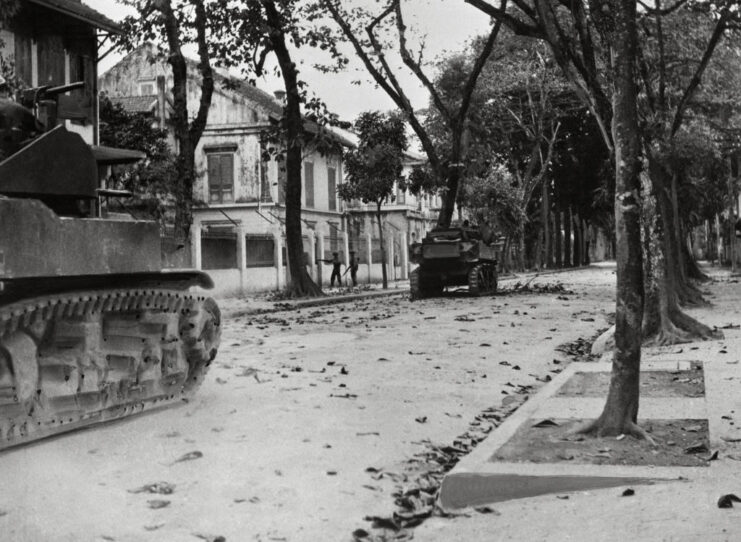
The involvement of the United States in Vietnam dates all the way back to the First Indochina War, fought between the French and the Việt Minh from 1946-54. At the time the conflict broke out, Vietnam was a French colony known as “French Indochina.” The US supported France throughout, supplying weapons that could be used in conventional warfare. Similarly, the Việt Minh were supplied by China and the Soviet Union.
In July 1954, the Geneva Accords were signed, splitting Vietnam into two entities along the 17th parallel. The north was under the control of the Việt Minh, while the south would remain under French rule. Within a year, the south was free, with Ngô Đình Diệm taking control. Throughout his reign, the US continued to have an interest in the region, going so far as to send advisors to South Vietnam in 1961.
Following the 1963 coup d’etat and Diệm’s assassination, the US kept its presence known, concerned over the potential spread of Communism. In August of the following year, two instances occurred that saw American warships attacked in the Gulf of Tonkin, which served as the catalyst for what became the outbreak of the Vietnam War.
In 1965, President Lyndon B. Johnson sent around 190,000 military personnel to Vietnam, with another 400,000 deployed the following year. By 1965, an estimated 500,000 service members were in the country, with the conflict costing $25 billion a year.
Spread of the anti-war movement in the United States
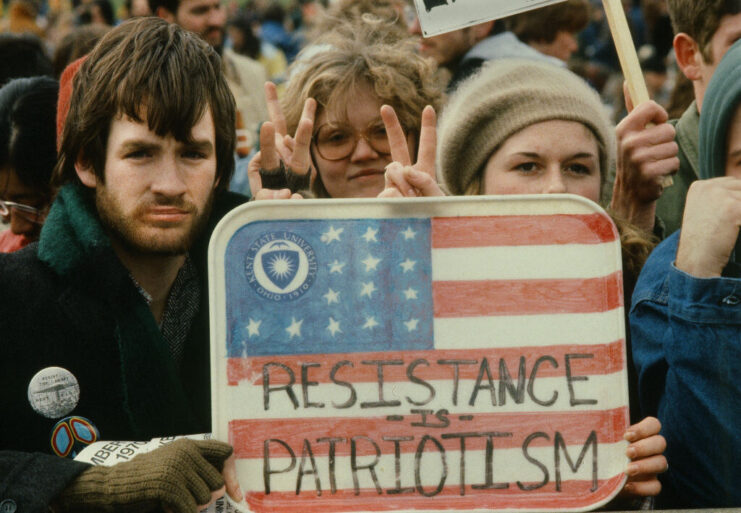
The Vietnam War was the first real time the United States had seen a large-scale anti-war movement. While, initially, the majority of those involved were college students and members of the Civil Rights Movement, it grew to involve military veterans who had returned from Vietnam and the parents of men who were of-age for draft eligibility. This widespread growth was aided not just by support from the likes of Martin Luther King, Jr., but also the implementation of a new draft system.
While anti-war protests occurred across the country, a large portion of demonstrations took place at the White House. While the largest protest in American history occurred in November 1969, with attendees angry at President Richard Nixon‘s false promises regarding the withdrawal of troops, the most notable took place in ’71. Dubbed the “May Day Protest,” it aimed to completely shut down Washington, DC.
Other examples of protest included the mass-signing of a letter by university student body presidents and actions toward Select Service Centres and officials associated with the Reserve Officers’ Training Corps (ROTC).
A need for a new style of drafting process arose
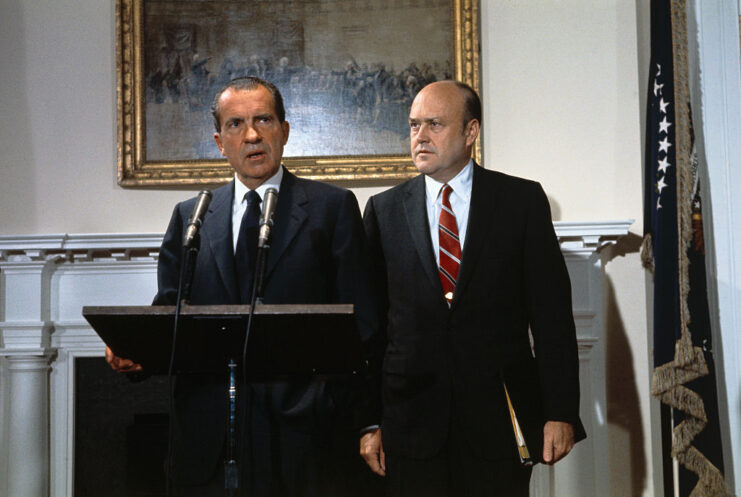
By the mid-1960s, there was a need for more draft-age men in the US military. College students were allowed to defer, so long as they adhered to a certain criteria, and local draft boards were found to be giving an unusually high amount of deferments to men who were White and well-off.
After much discussion and debate, members of the Nixon Administration and the US Congress decided to abolish a provision in the 1967 Military Selective Service Act, which had prevented the commander-in-chief from changing the selection process. With this out of the way, Richard Nixon was able to order the draft move to a random selection. In theory, this would rectify the issues noted in the previous system, while also bolstering troop numbers.
How did the 1969 draft lottery work?
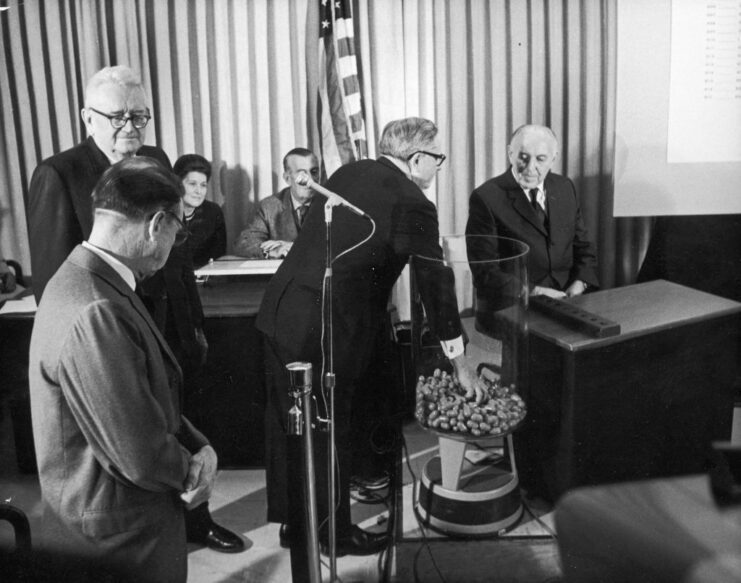
The basics for the 1969 draft lottery were this: birthdays within a single calendar year were picked at random and the men whose birthdays matched those dates would be drafted. Those eligible were born between January 1, 1944, and December 31, 1950.
The days of the year – 366, as leap years were included – were printed on little slips of paper and placed within opaque blue plastic balls. After being shaken around in a shoebox, they were placed in a large glass jar and picked out one at a time.
In terms of who would be drafted first, it all depended on when their birthday was picked. The sooner someone’s date was picked, the more likely they were to get drafted. Those picked well into the draft lottery – we’re talking into the 300s – had a slim chance of actually having to enlist.
December 1, 1969
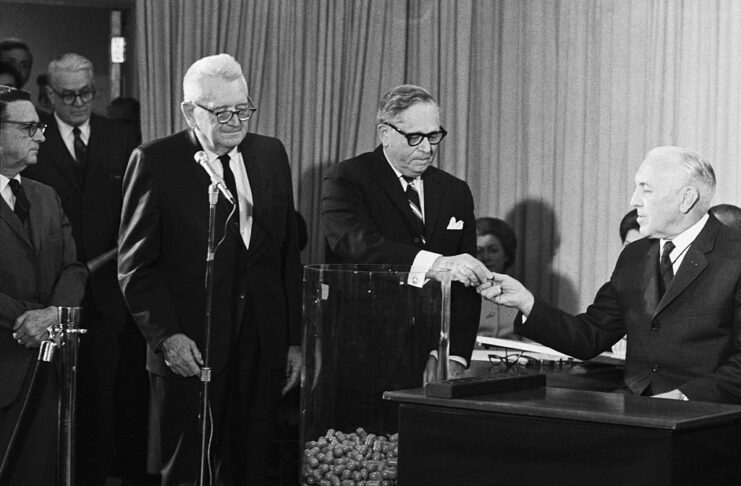
The draft lottery was held on December 1, 1969. The first date, picked by Congressman Alexander Pirnie of the House Armed Services Committee, was September 14, followed by April 24, December 30, February 14 and October 18. As such, these were given the designations one, two, three, four and five, respectively. From there, the process continued.
Of those picked, the first 195 birthdays were ultimately called up to serve.
The second part of the lottery was slightly different, involving letters of the alphabet. All 26 letters were drawn and designated numbers in the order in which they were picked. The first letter was “J,” followed by “G.” Among those who shared a birthday, this process determined the order in which one was inducted, based on the first letter of their first, middle and last names. For example, someone with the initials “JJJ” would be drafted before someone with the a middle name that didn’t start with “J.”
Controversy surrounded the 1969 draft lottery
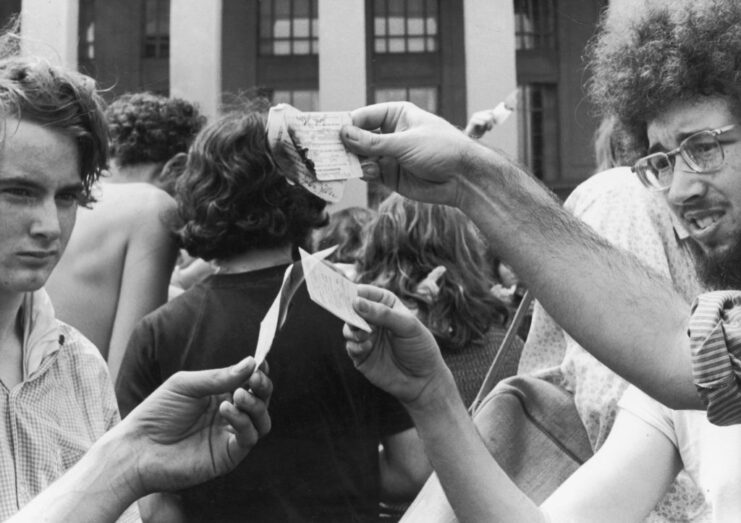
As could be expected, there was a lot of controversy surrounding the 1969 draft lottery. Many believed it wasn’t as random as the government claimed, given that certain dates were clustered together.
This one further spurred on the anti-war movement within the United States. The majority of who resisted – draft-age White men who were middle-class and generally fit – tried to enlist in the National Guard, which primarily focused on state-based service, but they were met with waitlists. Some fled to Canada, while others attempted to register as conscientious objectors. There were many who went so far as to burn their draft cards as a form of protest.
It’s reported that, by 1972, there were more conscientious objectors in the US than draftees.
July 1, 1970
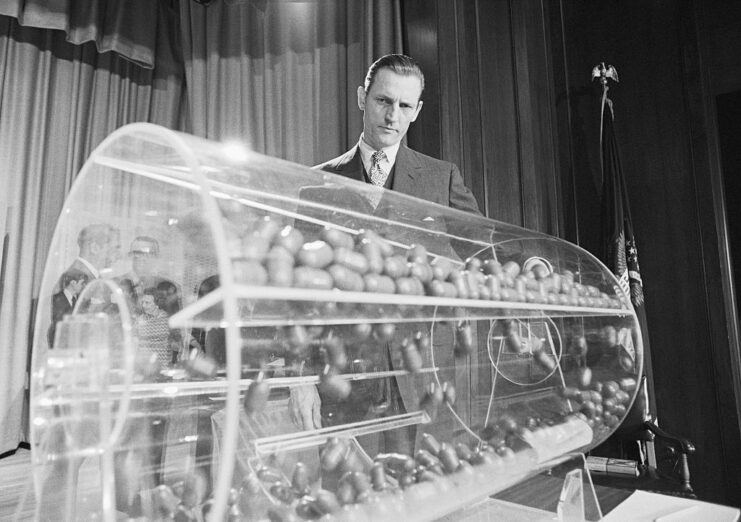
Undeterred by the backlash, the government held a second draft lottery, this time on July 1, 1970. Amendments had been made to address the criticism the first one had garnered, with scientists from the National Bureau of Statistics in charge of generating 78 permutations out of numbers from one to 366 (the days of the year), from which 25 were selected and transcribed into calendars. They were then assigned a number, with the calendars sealed in envelopes.
Following this, another 25 permutations were selected, but, unlike the first set, they weren’t transcribed. Both sets were then sent to the Selective Services System.
Just under a month before the draft, on June 2, an official picked two envelopes – one from each set – after which all birthdates for the year 1951 were written on pieces of paper and placed in capsules. These would correspond to the calendar permutations. The same was done with the non-calendar selection, with both groups placed in different drums. One capsule was subsequently taken from each during the draft lottery.
The first birthday drawn from the first drum was September 16, while the number 139 was drawn from the second. This meant that every man within draft-age with a birthday of September 16 was 139th on the list of possible birthdates slated to be drafted. July 9 was drawn with the number one, meaning anyone born on that day would be among the first to be called up for service.
Putting an end to the draft lottery
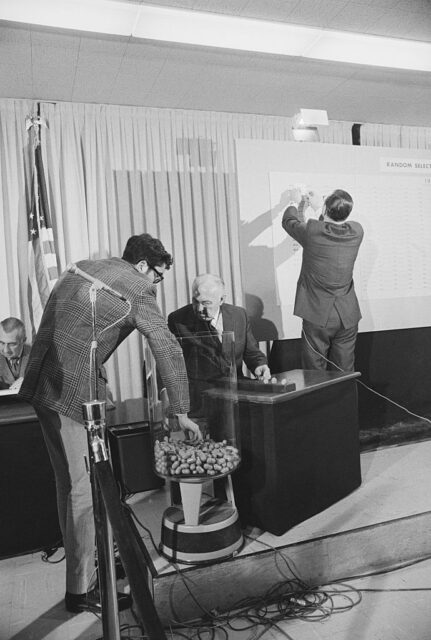
Draft lotteries continued to take place up until 1975. While many of the men whose birthdays were drafted weren’t called up for active service, there was a possibility they would be needed and thus they were made to undergo physical examinations.
More from us: Henry Kissinger Helped Orchestrate the Deadly Carpet Bombing of Cambodia During the Vietnam War
Want War History Online‘s content sent directly to your inbox? Sign up for our newsletter here!
In 1977, two years after the Vietnam War officially came to an end, President Jimmy Carter issued a pardon for anyone who’d fled the United States during the draft period, allowing them to return home without consequence. It’s stated that, of the 209,517 who were accused of being draft dodgers, less than 9,000 were actually convicted.
